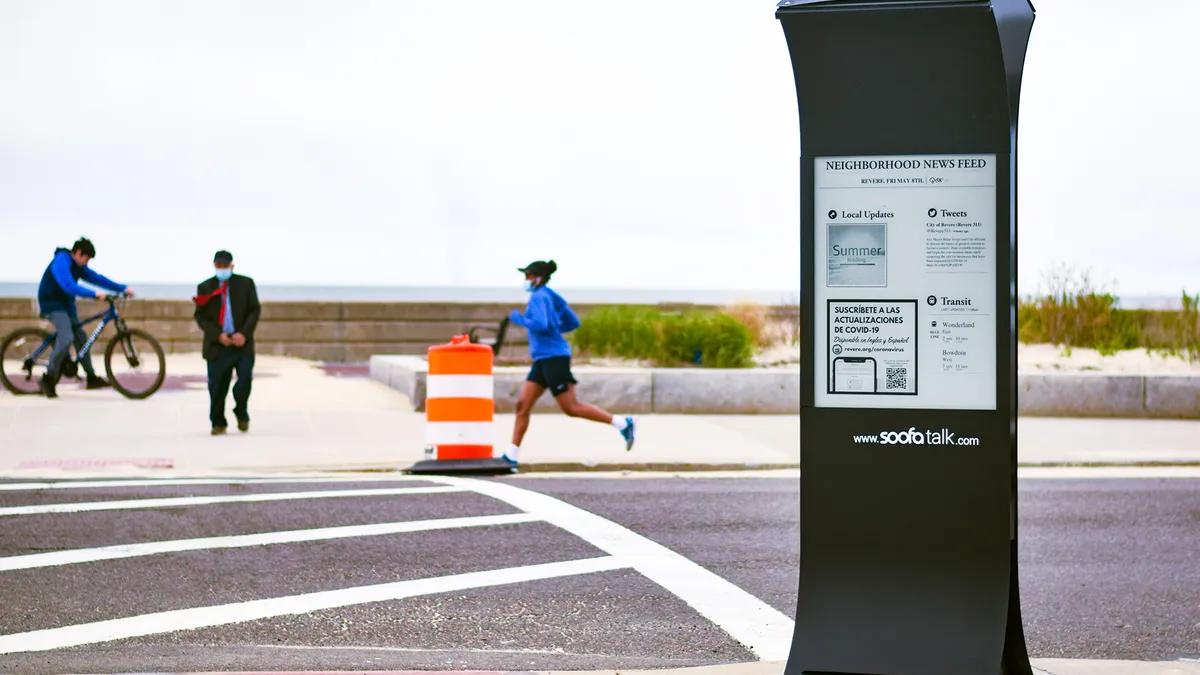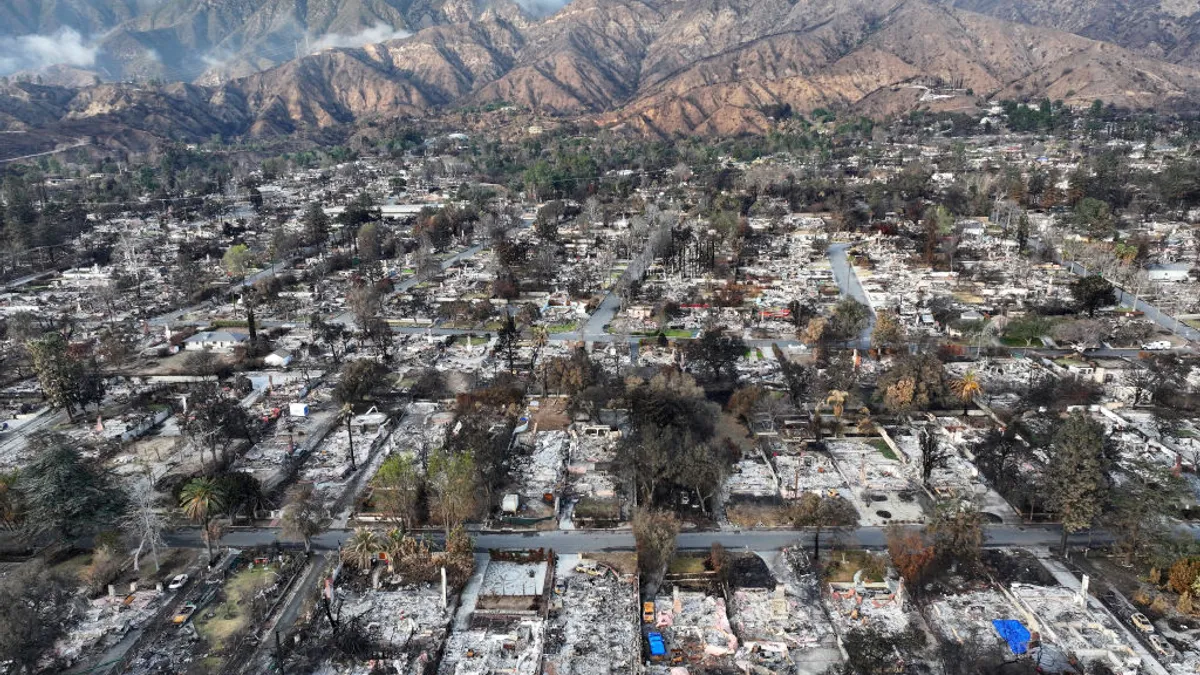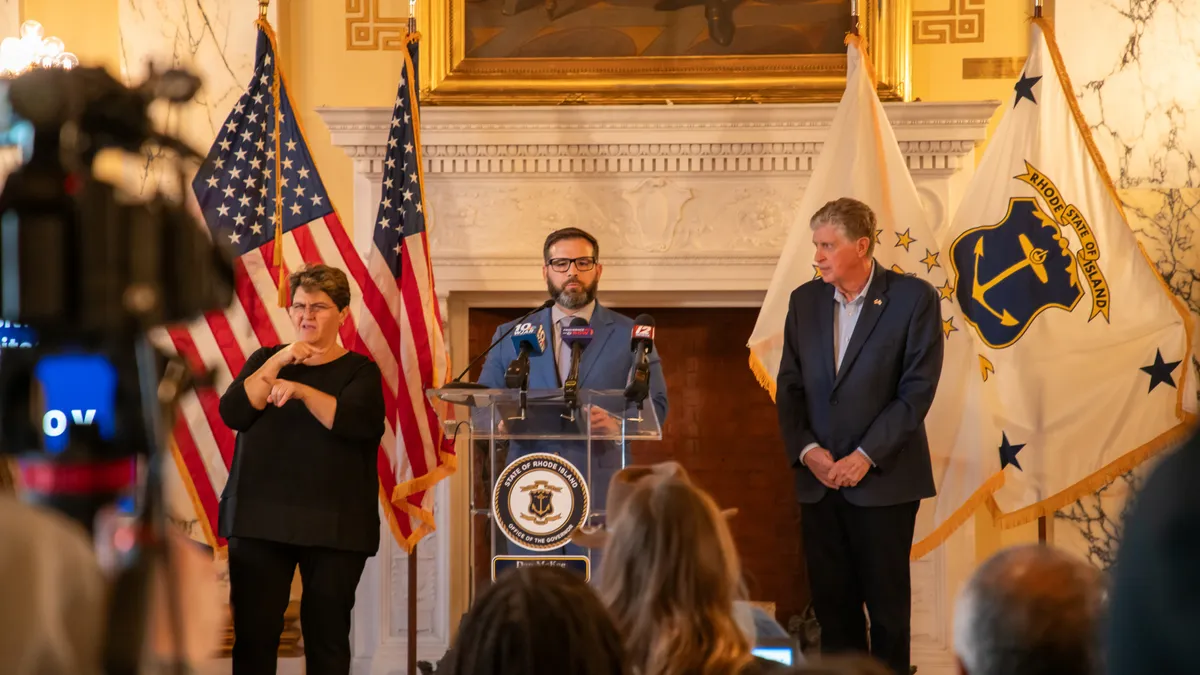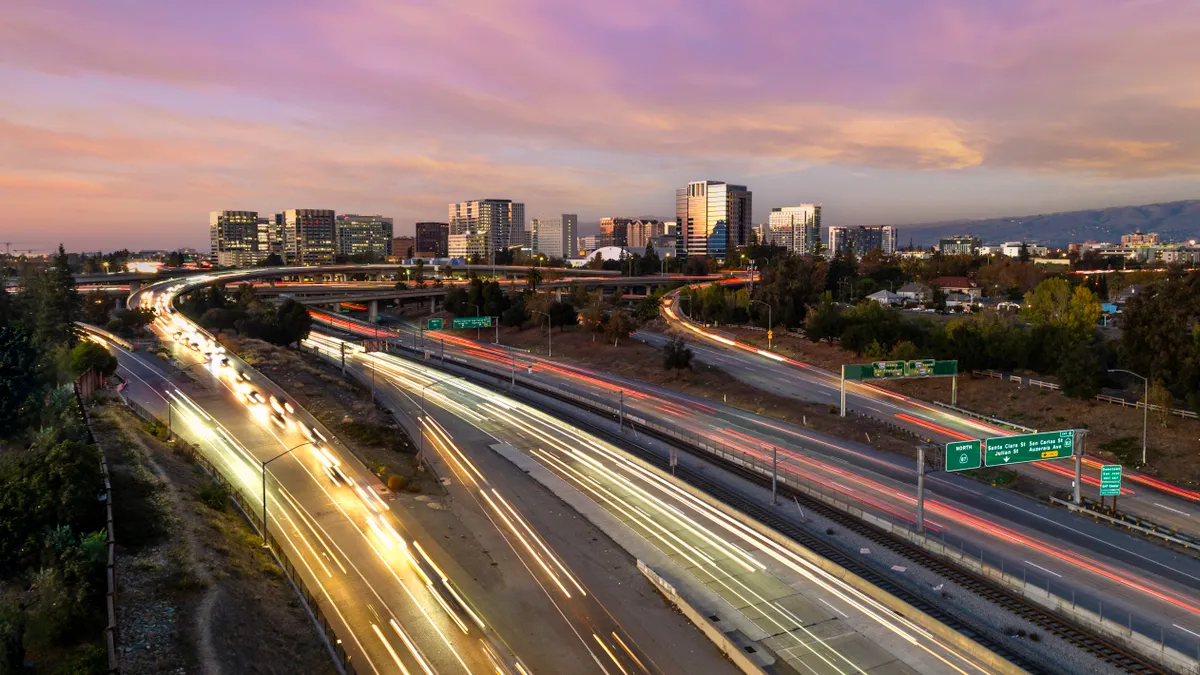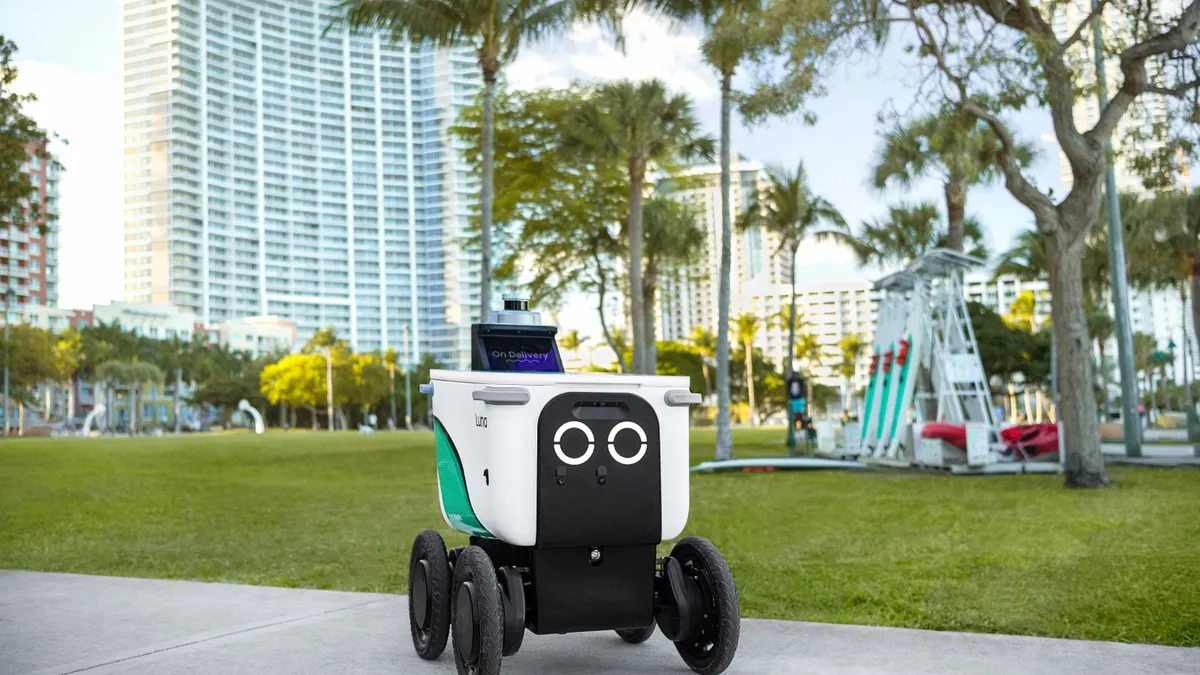Shortly after becoming mayor of Revere, MA in 2016, Brian Arrigo fell into the deep end of the leadership pool when the opioid epidemic ripped through his coastal community. Nearly 300 people died of opioid-related overdose deaths in 2017 alone in Revere's Suffolk County, marking a dark time for the city — and a true test of effective communications for Arrigo's administration.
Now, in the early months of Arrigo's second term as mayor, Revere faces a new health crisis: COVID-19. The city has seen more than 1,500 confirmed cases and 57 coronavirus-related deaths as of May 21, and is close to some of the country's hardest-hit communities.
Arrigo's administration tapped into crisis management tactics used during the opioid epidemic to mitigate initial outbreaks of COVID-19, but as Revere became a hotspot for the virus in the Commonwealth, "it was really clear we had to expand the ways we interact and communicate with residents," Arrigo told Smart Cities Dive in an interview.
Part of this expansion included a partnership with technology firm Soofa, which develops "neighborhood news feeds" to better connect communities.
Earlier this month, Soofa installed four digital Soofa Signs in Revere's neighborhoods, each featuring community news for residents to consume when walking by. The signs not only help Revere communicate COVID-19 information in real-time, but also allow community members to share bulletins, and enable small businesses to advertise operational changes.
All stripped down, the signs serve as a "front page newspaper for the neighborhood," said Lyra Schweizer, Soofa's director of city growth, in an interview with Smart Cities Dive.
Extra, extra (communication)
While a 42-inch outdoor, touchless, accessible and real-time community bulletin board may seem like a product born of the novel coronavirus, Soofa has been outfitting cities across Massachusetts (and the outlier of Atlanta) with digital screens since 2016. The Signs mimic a newspaper, not only in their "paper display" design, but also in their ability to give everyone in the community a voice.
As stay-at-home orders began rolling out nationwide in the face of COVID-19, the team at Soofa quickly reimagined the Signs' layouts to better suit the immediate needs of communities. Local events calendars were removed and replaced with permanent blocks for city and community updates, while local businesses were given free advertising access to update customers on information like store hours and delivery options.
The signs even display Twitter feeds connected to both the respective city's account and the Centers for Disease Control and Prevention's (CDC), in an effort to give passersby up-to-the-minute information. When a city leader or community member wishes to post new information or change existing advertisements, they can do so immediately through a website.
"With this crisis, information has changed hour-by-hour and we’ve had to continually update some of the information that we’ve put out," Arrigo said. "It's important for us to be not only a reliable source of information, but credible and consistent for our residents, for our business owners, for visitors and people in the city."
Revere is a blue-collar, working class town, Arrigo said, and many members of the community work essential jobs. Nearly 35% of residents are foreign-born, with 60 different languages spoken in the city's school district, and the city also struggles with a digital divide as more than 13% of residents sit below the poverty line. By installing the Signs, Revere now has the potential to reach residents that may not have seen updates on traditional communications platforms like the city's website or social media, due to a lack of internet.
"People are realizing more and more how many families don’t have access to affordable, reliable internet, so cities really want a way to be able to push this messaging outdoors to reach people where they’re walking inside their neighborhoods," Schweizer said.
The Signs also include internal pedestrian sensors that pick up on cell phone signals, allowing Soofa and the city to review hourly pedestrian data and analyze the efficacy of social distancing guidelines. This feature, along with increased messaging capabilities, can result in more connected communities, Schweizer said.
"Cities will for the next few months value communication more than they may have in the past," she explained. "Even as things reopen, there’s still guidelines that are expected to shift, things may change again in the fall… it’s obviously very uncertain, so people are looking more and more to their cities for reliable, trusted, verified updates on what kind of behavior is acceptable, what public health guidelines should they follow."
Lessons learned
Soofa is just part of a host of strategies the City of Revere is using to communicate pandemic information with residents. "We've tried to do everything," Arrigo said, listing off examples including multi-language press releases, social media engagement, reverse 911 calls, ads on digital billboards and weekly virtual town halls.
And some of this crisis response draws similarities to the city's experience mitigating opioid abuse and addiction, he said.
"In a community like ours, that has been hard hit by both [crises], there are barriers that prevent policy makers and decision makers from communicating with residents and really getting information out," Arrigo said. "To be able to break down those barriers of communication ... and be able to directly engage with folks and have them understand that things we’re doing are for their well-being — it’s all about the resident."
He said the opioid epidemic presented different challenges — in some instances, opioid addiction carried a stigma and fear that kept victims from seeking help — but the experience influenced a greater response to COVID-19. The city put in place an emergency response team before COVID-19 even hit, and then instituted its own contact tracing and case management software to track COVID-19 before the state took over such responsibilities.
"It's important to note we're still a hard hit community. If we hadn't done those things, we would've been off the charts," Arrigo said, touting the city's investments. And now, when reflecting on COVID-19 response in the face of the next disaster, Arrigo may feel the same appreciation toward his city's investment in communication.
"At the end of the day, the one thing I want people to know is that we’re here for you and we’re going to try to do whatever we can — we’re going to dedicate whatever resources we can — to help get through this situation," he said.
To keep up with all of our coverage on how the new coronavirus is impacting U.S. cities, visit our daily tracker.



